The Souls series has emerged as a video game phenomenon, kickstarting an entirely new genre with the 2009 release of the PlayStation 3 exclusive Demon’s Souls. Over the years, developer FromSoftware has refined the Souls RPG-formula, particularly in the first Dark Souls, and has explored new gameplay elements, as seen in the faster-paced Bloodborne. The release of Dark Souls III in 2016, concluded the trilogy, epitomizing the perfected formula.
The third instalment of Dark Souls takes players to Lothric, a realm marked by temporal and spatial anomalies, where lands from different times and places amalgamate. Similarly to its predecessors, the onset of the Age of the Dark spawns cursed undead, beings that rise after death. Players assume the role of one such undead, known as the Ashen One, and are tasked with resisting the Age of Dark by relinking the fire to extend the Age of Fire.
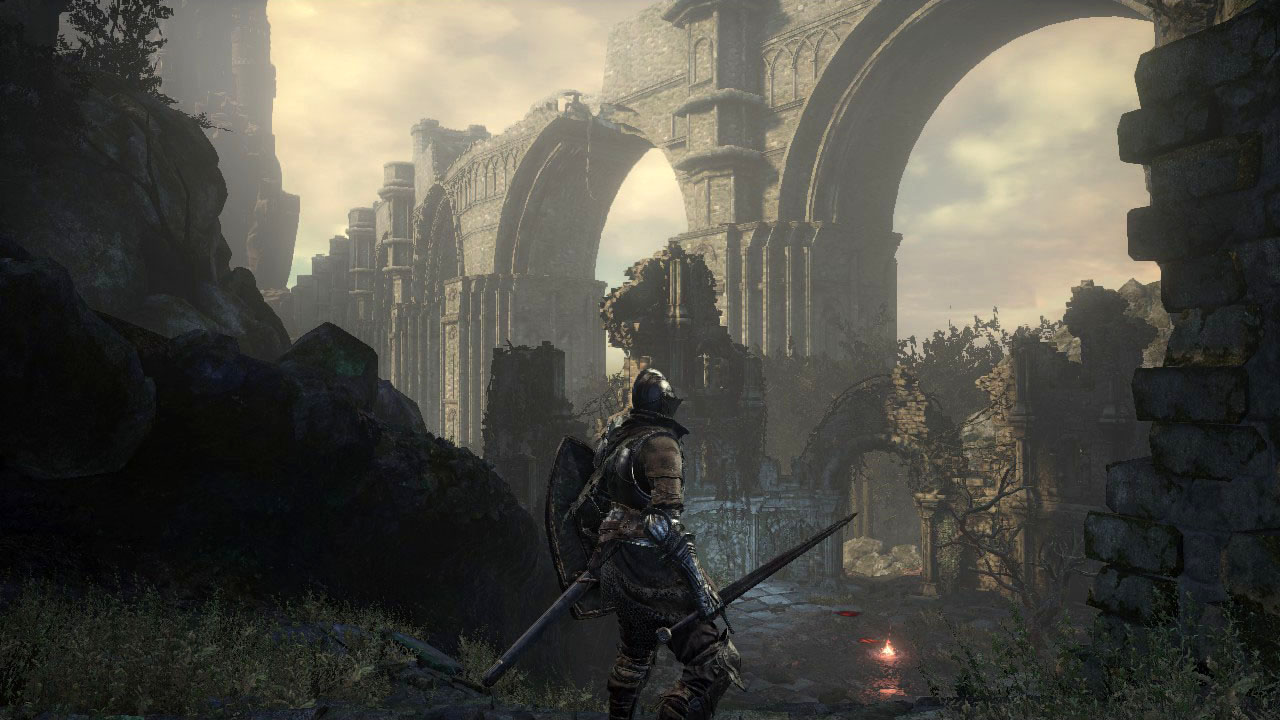
As in previous entries, the narrative of Dark Souls III is oblique, necessitating players to piece it together from rare dialogues with in-game characters, art design, and cryptic item descriptions. Because the plot unfolds with high vagueness, players are encouraged to derive their own meanings and understandings from their discoveries in Lothric and its inhabitants. Furthermore, the game’s multiple endings add to its indeterminacy, ensuring no two playthroughs are identical.
Despite being set in a different realm, many locations, flavour items, and characters from previous installments make their return to Lothric. Players will be surprised to happen upon a few recognizable areas, both accessible and obscured. The game’s designers have also reintroduced several friendly and beloved faces throughout the game, providing players with occasional relief from the relentless enemies and menacing boss fights.
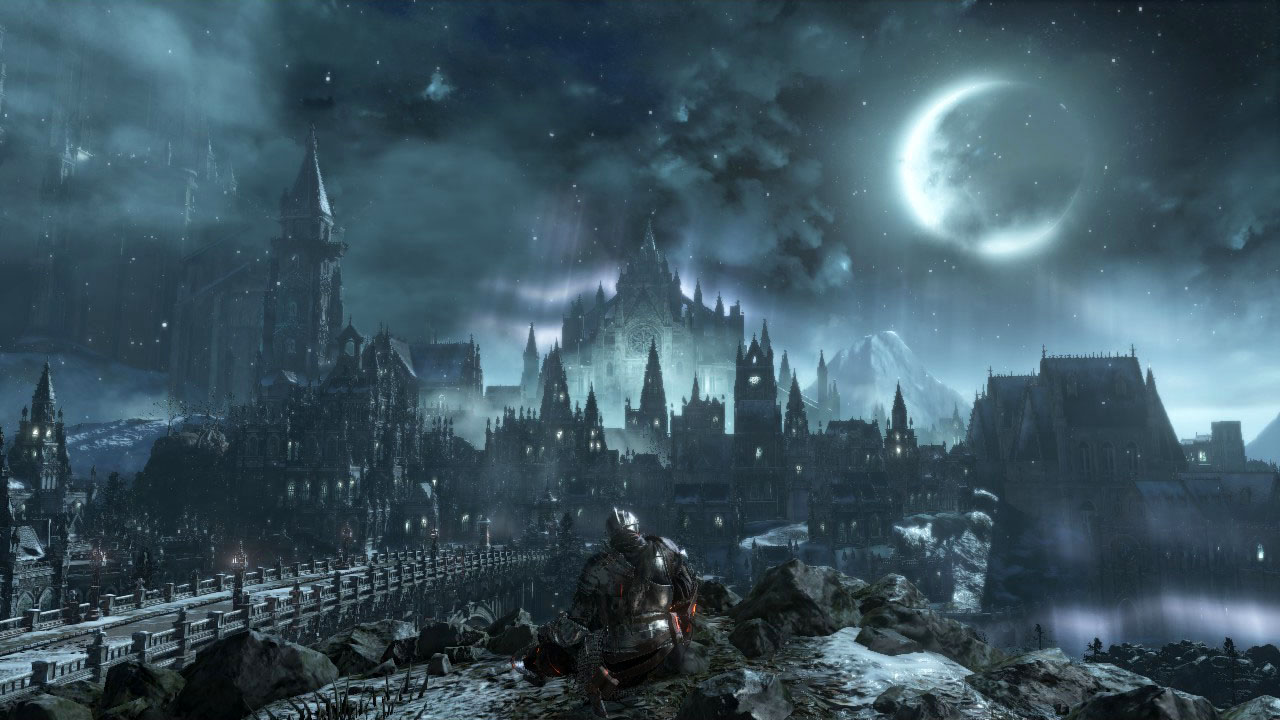
Players will inevitably seek respite, as Dark Souls III maintains the series’ renowned difficulty and challenge. Enemies are not as clustered as in Bloodborne, but are equally omnipresent and agressive. Additionally, the game continues the series’ characteristic asynchronous multiplayer, including mechanics that allow players to invade others’ worlds with the intent of defeating them. Luckily, summoning other players to defend against those invaders, or to help slay a difficult boss, remains available.
Dark Souls III returns to a hub-style Nexus similar to Demon’s Souls without compromising the interconnected level design characteristic of the Dark Souls series. Strategically placed bonfires again play a crucial role for player progression, and, unlike previous Souls games that offered few shortcuts between bonfires, Dark Souls III‘s intricately connected world provides numerous short loops, echoing the design seen in Bloodborne, thus enhancing exploration’s appeal and rewards.
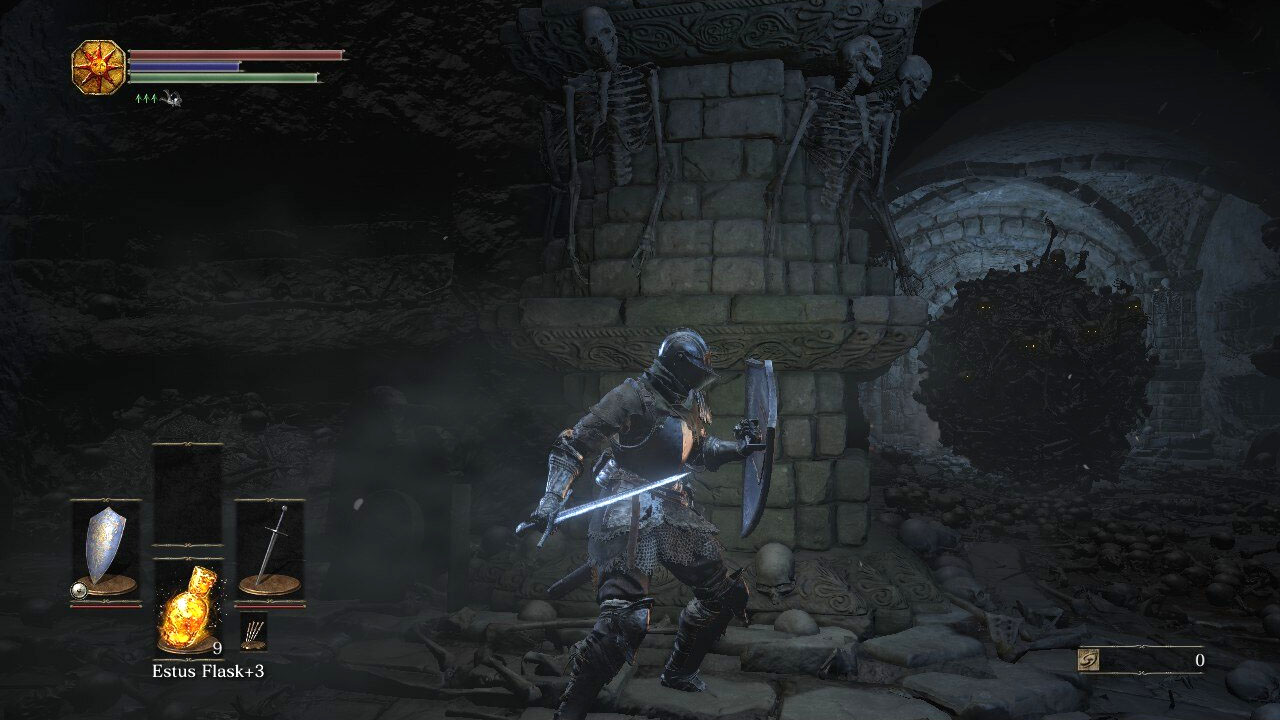
As might be clear by now, Dark Souls III offers a compilation of the series’ best moments and gameplay while introducing new twists. The atmospheric dungeon in Irithyll, for example, is highly reminiscent of The Tower of Latria in Demon’s Souls, but at the same time feels fresh and newly exciting. Additionally, certain boss fights from the first game return with altered attack patterns and pacing.
Of course, Dark Souls III remains a unique game in its own right, offering some of the most distinctive, challenging and interesting boss battles across all the games. Few fights are as memorable as the beautifully orchestrated deadly ballet recital with the Dancer of the Boreal Valley, for example. The game also elevates the role-playing experience, ditching armour upgrades for a more style-centric approach with diverse weapon and shield skills.
One minor critique, particularly in comparison to its predecessors, is the game’s linear map design and progression. This linearity somewhat enhances accessibility to newcomers of the genre, but also limits early acquisition of certain items, delaying innovative character builds or flat-out wacky play styles until very late into the game or in the New Game+ modus.
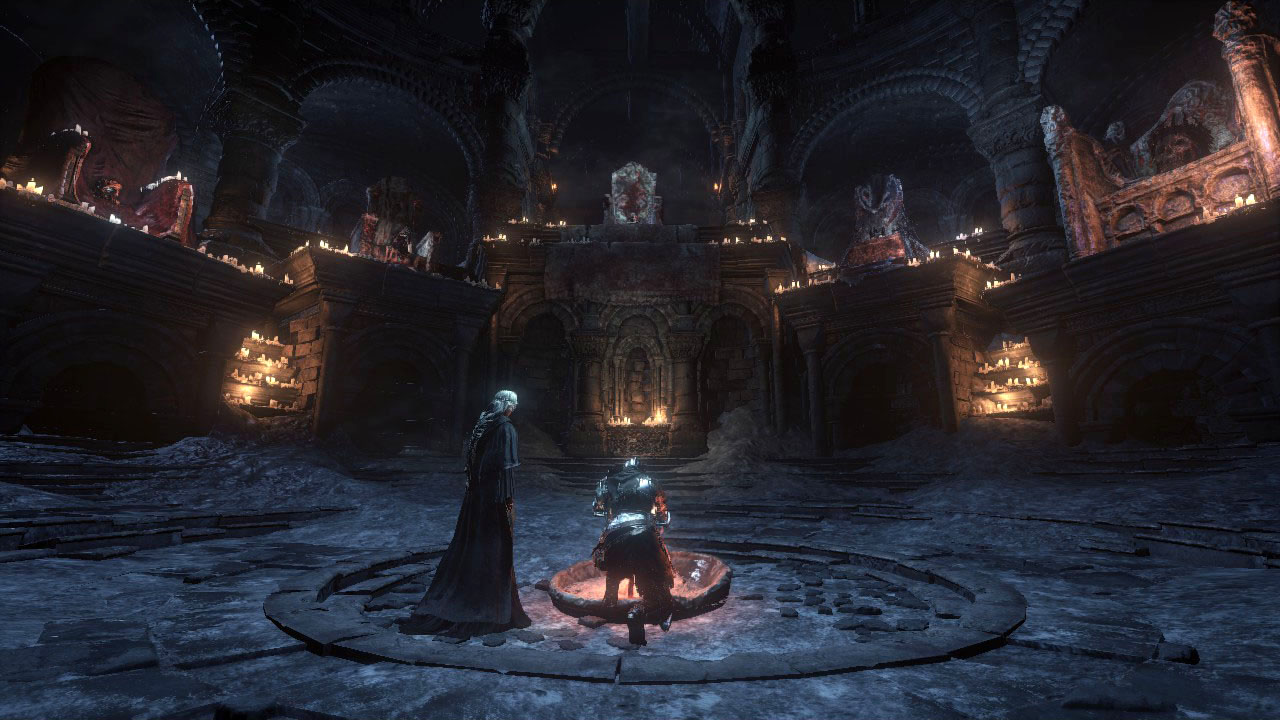
As the trilogy’s finale, Dark Souls III perfects the series’ bleak setting and ambiance, masterful gameplay, and intricate and unexpected level design. It builds upon the successes of previous Souls games and incorporates certain elements from Bloodborne, but also improves upon them by introducing engaging and memorable boss fights, and by expanding role-playing options. Therefore, Dark Souls III is a polished culmination of the series, and it’s no surprise that summoning assistance or encountering invasions remains as prevelant as ever, nearly eight years following its release.
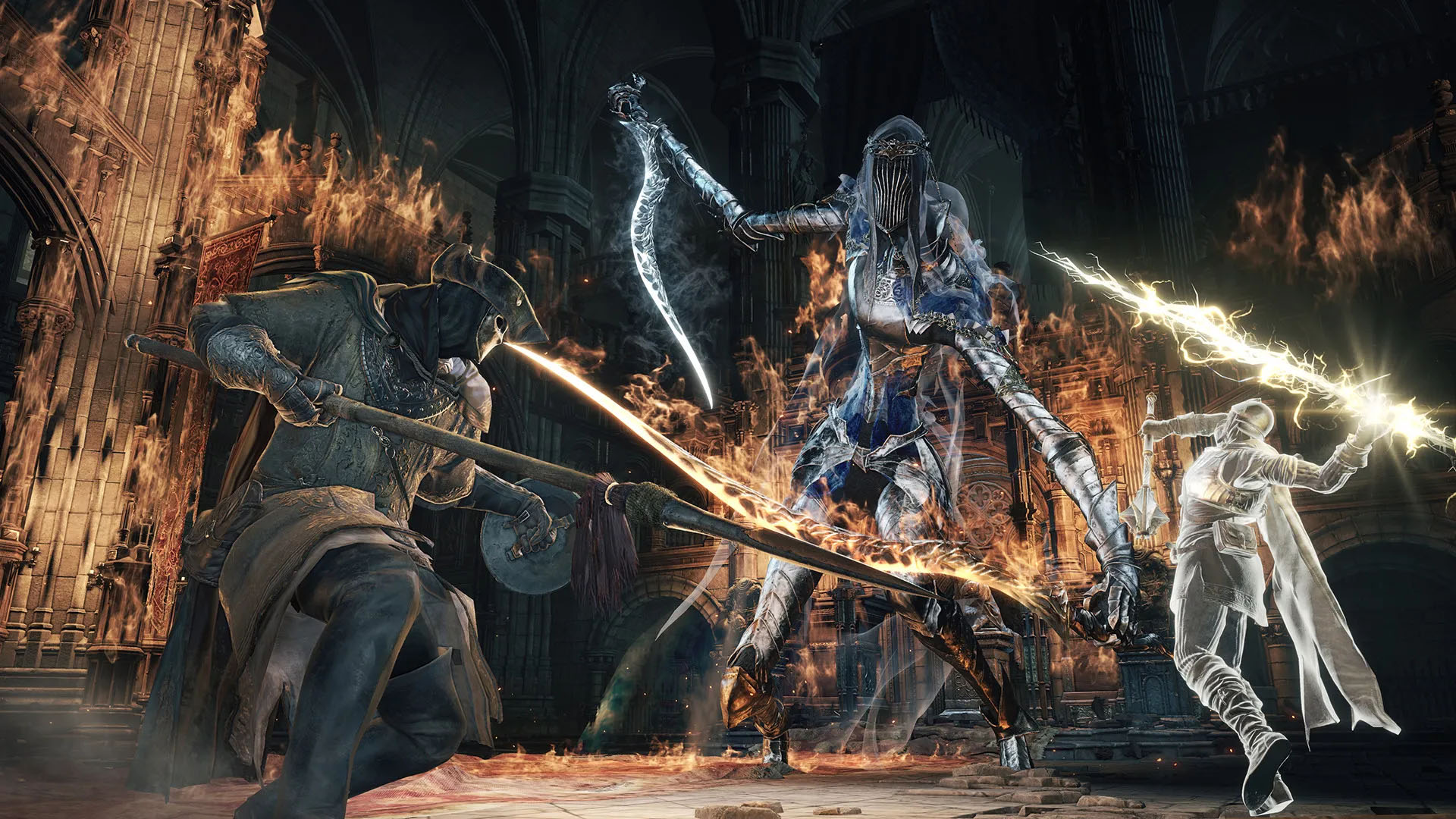
Leave a Reply